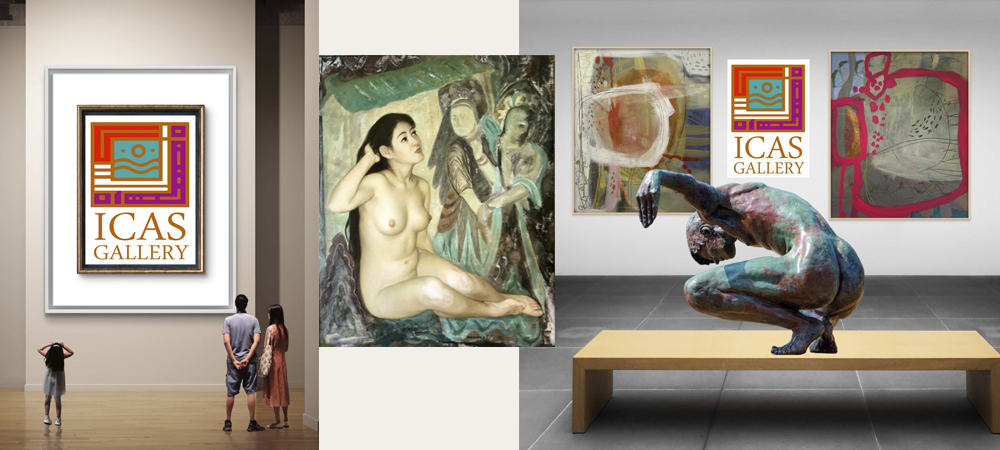African art is a vibrant tapestry that mirrors the continent’s immense diversity of cultures, histories, and creative traditions. With roots stretching back thousands of years, African art encompasses an extraordinary range of styles, materials, and techniques. This diversity is evident not only in the visual appeal of the artworks but also in their profound symbolism and cultural significance. One of the most celebrated traditions within African art is wood carving. Across the continent, skilled artisans shape wood into masks, figures, and decorative objects, each piece reflecting the unique heritage and cultural influences of its makers. Wood carving serves as a unifying thread, connecting different regions and peoples, while also showcasing the distinct identities that make African art so rich and varied.
A prime example of this artistry is seen in the use of ebony wood. Renowned for its deep, lustrous black colour and exceptional hardness, ebony wood presents unique challenges for artisans, requiring specialised tools and techniques. Despite these difficulties, its remarkable properties have made it a prized material in African wood carving for generations. Ebony carvings are not only visually stunning but also carry profound cultural meaning. In many African societies, ebony symbolises strength, resilience, and a spiritual connection to ancestors.
The spiritual symbolism woven into these artworks adds layers of meaning, making them far more than decorative objects. Ebony carvings possess a timeless allure, admired for both their artistic mastery and their cultural resonance. The striking contrast between the dark, rich hue of ebony and the intricate details carved into its surface results in pieces that captivate viewers and invite deeper appreciation.

 Throughout history, artisans have utilised ebony to craft exquisite sculptures, masks, ceremonial objects, and practical items that are integral to African culture. These works often transcend their everyday functions, becoming treasured pieces of art that continue to echo their original purpose. Ebony carvings not only captivate audiences with their beauty but also stand as powerful symbols of Africa’s artistic heritage. They foster appreciation and dialogue across cultures, helping the world recognise and understand the remarkable diversity and traditions that define the continent.
Throughout history, artisans have utilised ebony to craft exquisite sculptures, masks, ceremonial objects, and practical items that are integral to African culture. These works often transcend their everyday functions, becoming treasured pieces of art that continue to echo their original purpose. Ebony carvings not only captivate audiences with their beauty but also stand as powerful symbols of Africa’s artistic heritage. They foster appreciation and dialogue across cultures, helping the world recognise and understand the remarkable diversity and traditions that define the continent.



